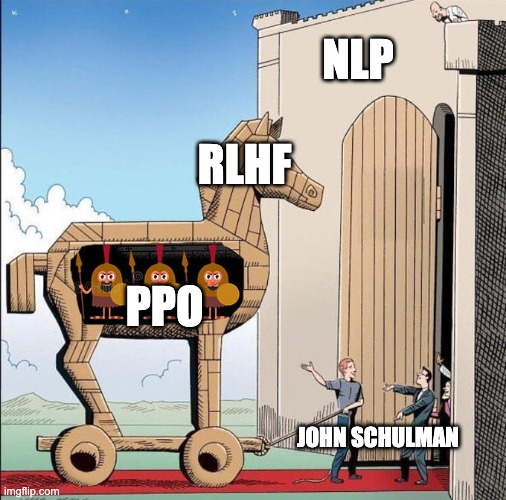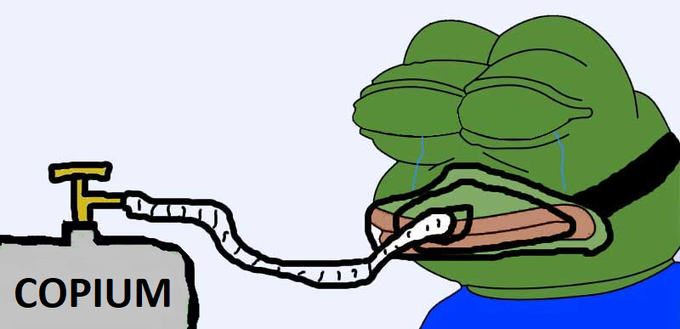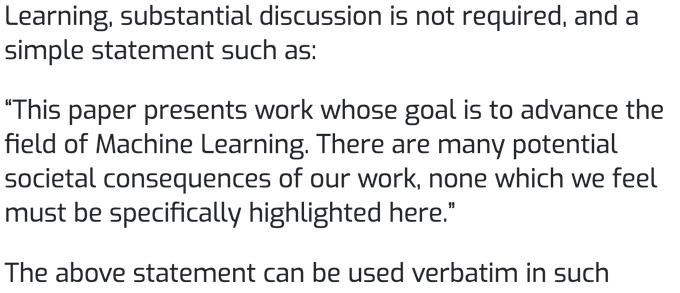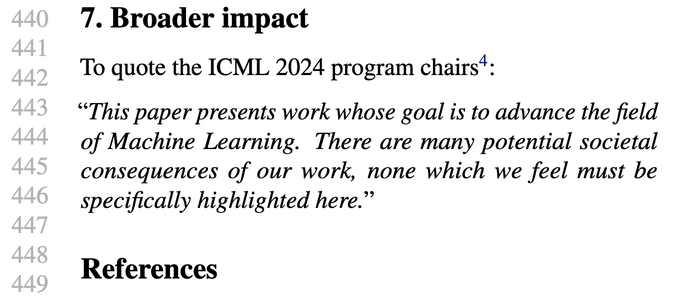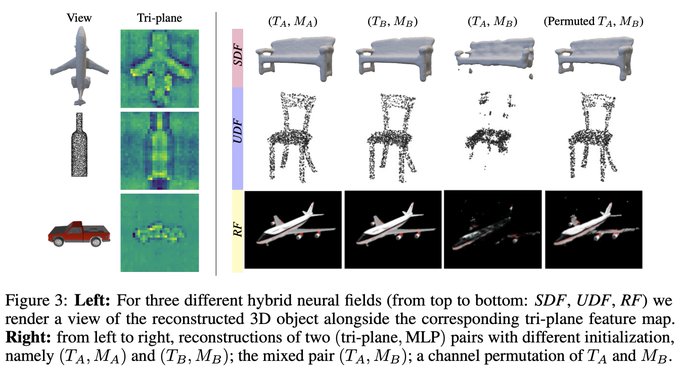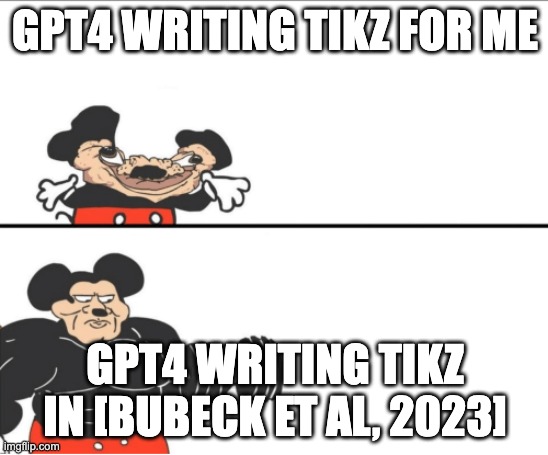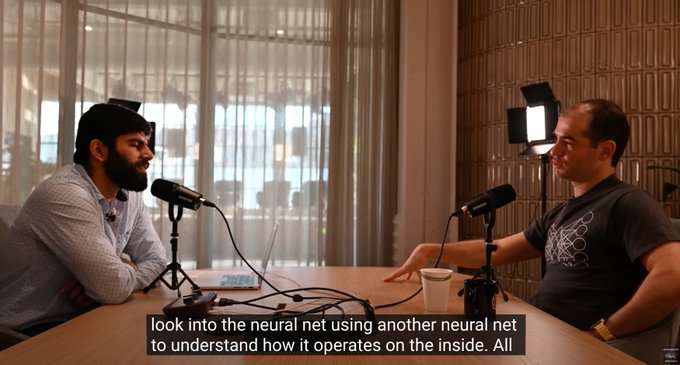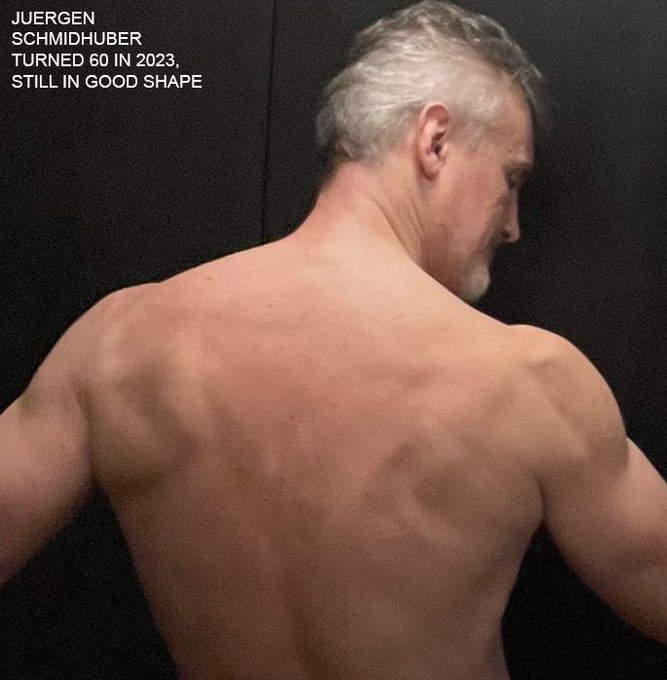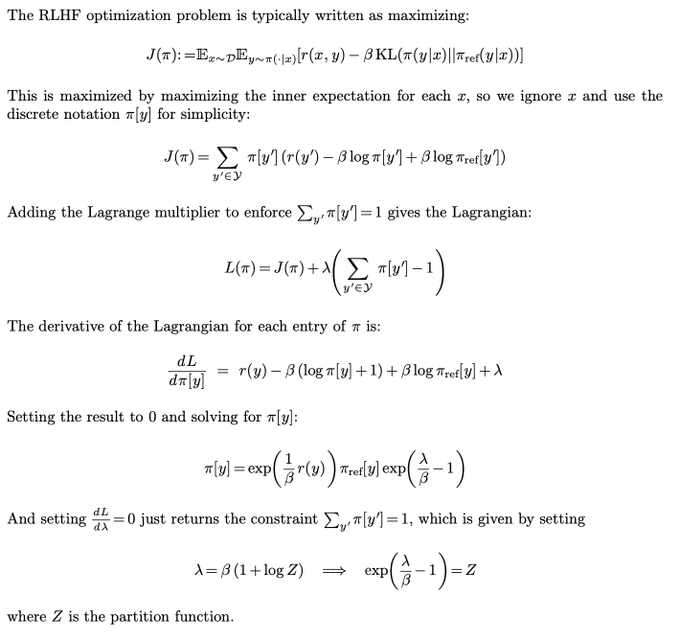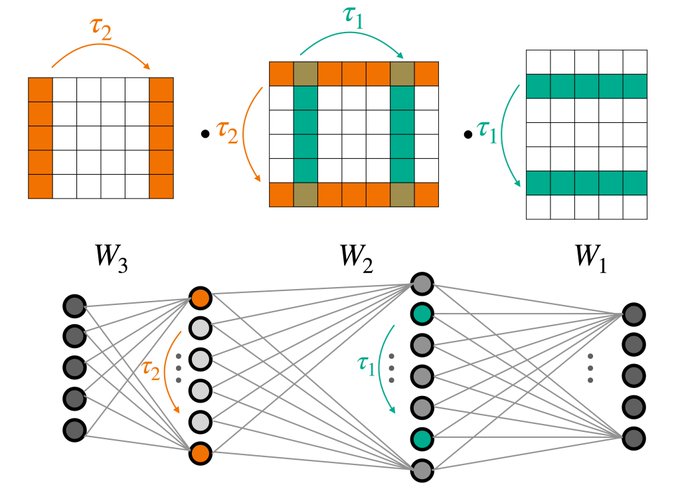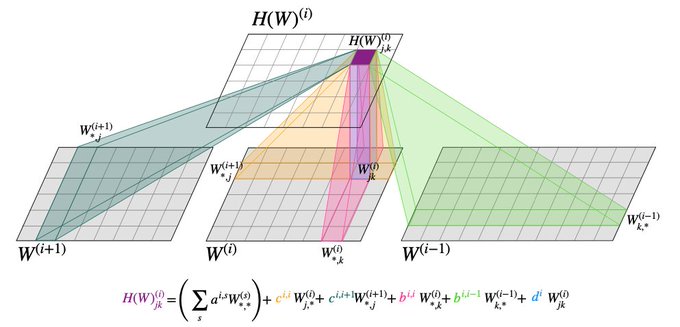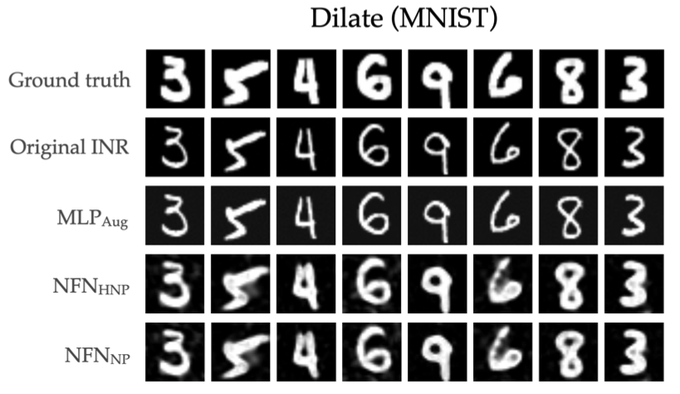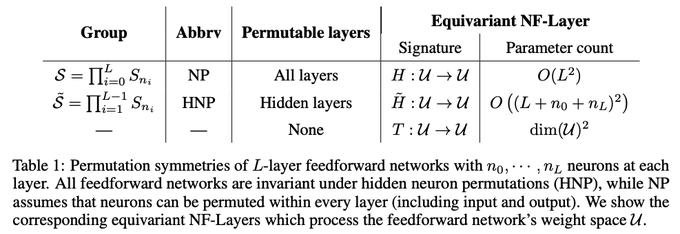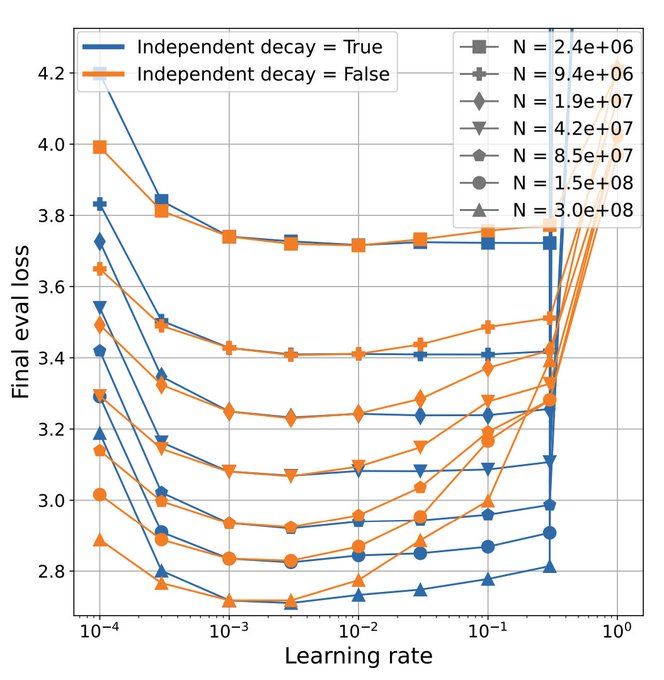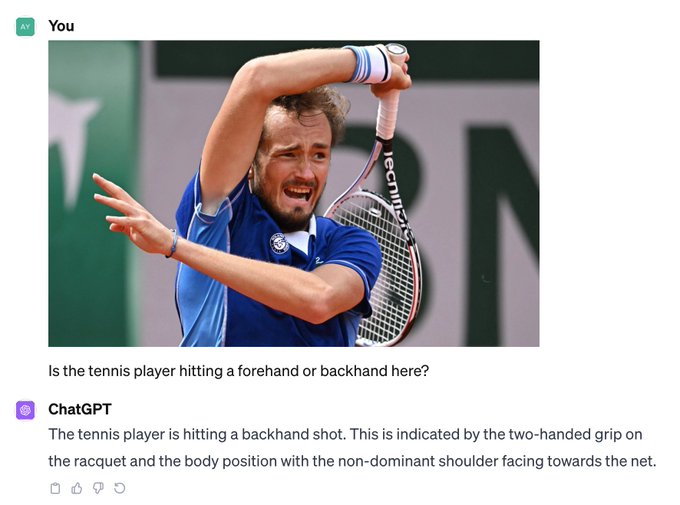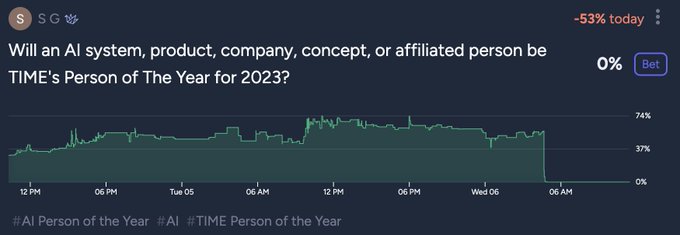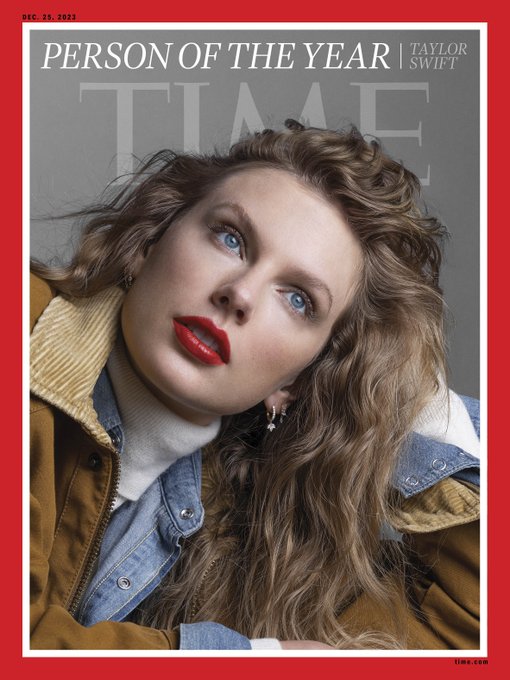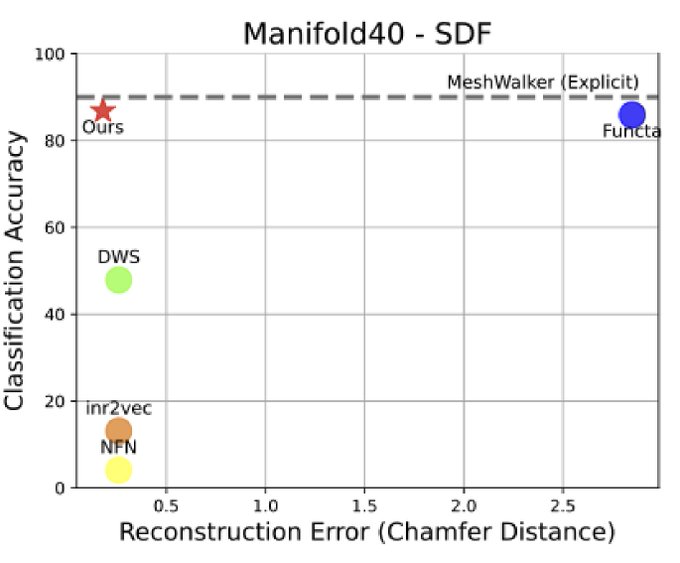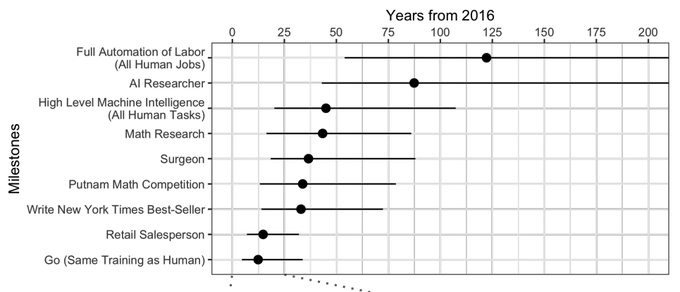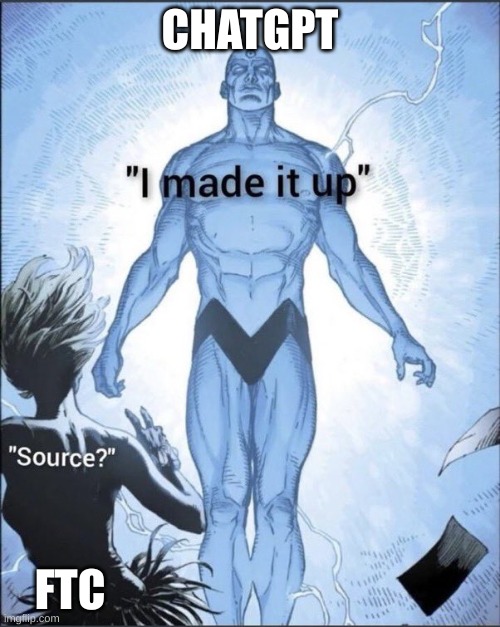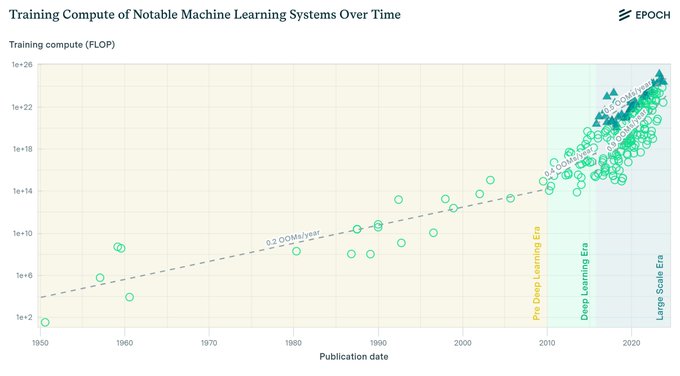
Allan Zhou
@AllanZhou17
Followers
1,221
Following
470
Media
36
Statuses
200
AI PhD student @Stanford .
Menlo Park, CA, USA
Joined March 2022
Don't wanna be here?
Send us removal request.
Explore trending content on Musk Viewer
ALL EYES ON RAFAH
• 796778 Tweets
De Niro
• 387631 Tweets
Palestino
• 103996 Tweets
Fernando
• 92116 Tweets
#WWENXT
• 56714 Tweets
Thomsen
• 54044 Tweets
#خادم_الحرمين_الشريفين
• 50758 Tweets
Millonarios
• 38365 Tweets
Lali
• 37777 Tweets
Lali
• 37777 Tweets
Coronado
• 36152 Tweets
Lala
• 35490 Tweets
Renê
• 34261 Tweets
DAME MIL FURIAS
• 34159 Tweets
Paulinho
• 33737 Tweets
Peñarol
• 30256 Tweets
$BOOST
• 26582 Tweets
Wesley
• 18251 Tweets
Sudamericana
• 16133 Tweets
Josh Gibson
• 14829 Tweets
Jordynne Grace
• 13047 Tweets
#PumpRules
• 11494 Tweets
Last Seen Profiles
I'll be presenting this work at NeurIPS next week, as well as NFTs (not that kind--). DM me if you're around and want to chat.
0
8
57
Paper:
Most of this work was done at Google DeepMind, with amazing mentorship by
@chelseabfinn
and
@jmes_harrison
. Also, thanks to the TPU Research Cloud (TRC) for providing additional compute!
1
2
55
Coming to
#ICLR2024
: what's the best way to extract information from implicit neural representations (INRs)?
We show that tri-planes alone are enough to effectively classify or segment 3D objects in neural fields. 🧵
1
6
41
@archit_sharma97
@ericmitchellai
1600-1970: share scientific results in letters and private correspondence
1970-2022: journal pubs and "peer review" 🤢
2022+: post scientific results directly to X, alongside memes shitposts and flamewars
2
4
25
We’ve released a PyTorch library for building NFNs, available through “pip install nfn”.
Code: .
With
@kaien_yang
,
@kaylburns
,
@yidingjiang
,
@ssokota
,
@zicokolter
,
@chelseabfinn
.
9/9
3
1
18
We’re really excited about applications of neural functionals to INRs, learned optimization, and pruning.
In a similar direction, check out recent work by
@avivnav
characterizing equivariant layers for MLPs and their expressivity in the HNP setting:
8/9
1
0
15
I really like the idea of training on datasets with an older cutoff date and testing on more recent discoveries to test reasoning (and weak-to-strong generalization). Like back-testing for AGI.
0
0
15
Yeah, we work on AGI (Amphibious Gaze Improvement).
0
0
14
@natolambert
If the derivation of Eq 4 is a bit esoteric, there's always the more direct (but tedious) approach: form the Lagrangian L(π)=E[r(y)]-βKL(π||π_ref)+λ(∑π(y)-1) and set dL/dπ(y)=0, solve.
1
0
7
@davikrehalt
@abacaj
these days when I see a twitter post showing examples of failed LLM reasoning, I get the answer wrong myself ~50% of the time
2
1
6
@FSchaipp
I didn't know this until reading . Decoupling wd from alpha seems helpful for LR stability
0
0
6
@sp_monte_carlo
Looking at such diagrams are very useful for figuring out the permutation symmetries of the NN's weight space 😛
0
0
4
@nabeelqu
i've used anki for many years, but for technical content many things do require a type of practice that isn't amenable to flash card form (e.g., actually writing out code or solving practice problems in math).
2
0
4
@natolambert
Ah, it's a sum over x weighted by p(x)>=0, so we just want to maximize each term independently wrt to π[·|x]. It's purely to simplify notation--we can calculate dL/dπ[y,x] (thinking of π as a matrix instead of a vector), just messier.
1
0
3
@EugeneVinitsky
Yeah, I go back and forth on whether we need to (1) find a better design for the search space in these meta-methods, or (2) we just need to wait 30 years for more compute
1
0
3
@PandaAshwinee
@JacquesThibs
See Sec 3.3 (lottery tix) in this paper. TLDR: it worked on small networks, but was learning a very simple magnitude pruning rule. Probably need to scale up to see more interesting behavior, but the data is expensive to generate. .
1
1
3
And as
@dereklim_lzh
pointed out to me, the NFN layer equation is basically doing message passing operations. Yet I didn't see the resemblance earlier 😅
0
0
3
@sp_monte_carlo
are there any good (casual) intros to RG methods for a more stats/ML audience?
2
1
2
@nabeelqu
and for practice problems, sure you can add them as cards but it's boring to see the same problem over and over. maybe soon we can have AI automatically rewrite variants of a problem for each next review.
0
0
3
@JacquesThibs
Maybe! Haven't followed interpretability lit too closely. We've tried to predict useful "subnetworks" (as in lottery tix) in the past, want to explore that more. Could also learn correlations btw neuron activations, which might be relevant.
1
0
3
@g_k_swamy
@wgussml
What makes RM+PPO more interactive? One could also iteratively train DPO no (by successively replacing the ref model)?
1
0
2
@davikrehalt
@QuanquanGu
Bard actually got the answer wrong on purpose to demonstrate that it's not memorizing.
0
0
2
@sp_monte_carlo
I suspect most of the benefit of CNNs were computational: weight sharing + small 3x3 filters can efficiently process huge 512-chan feature maps, compared to MLPs.
1
0
2
@g_k_swamy
@archit_sharma97
I like how Ng himself did some IRL work back in the day, but doesn't really bring it up as far as I've seen
0
0
2
@ericjang11
@ylecun
I haven't been able to get self-critique to work on this problem *unless* the original prompt contains
@stanislavfort
's "LeCun trick," which imo provides a strong hint that it is a trick question.
1
0
2
@robinhanson
Though I'm inclined to believe the result, the latter half of the abstract makes so many unsubstantiated prescriptions it's hard to take the paper seriously.
0
0
1
@shxf0072
@polynoamial
yes, alphago was a much better demonstration of the bitter lesson than modern LLMs are imo
0
0
2
@natolambert
To add, there are no constraints linking π[·|x] for different values of x, so the problem separates over x, with one term p(x)(\sum_y [...]) per x.
0
0
2
@ThomasW423
@chelseabfinn
Similar! I tend to think of hnets as generating weights, while unfs process them. Permutation symmetries become really important for the latter
1
0
2
@NVIDIAAIDev
@nvidia
InstantNGP is an awesome tool, and was a huge time saver for this project!
0
0
2
@AlbertQJiang
@davikrehalt
@Yuhu_ai_
@jimmybajimmyba
Naive q: is there a particular reason to view a tactic as an action, rather than a token? In code generation, I've seen papers adopt the latter. Perhaps it doesn't make a difference in practice?
1
0
0
@YingXiao
@finbarrtimbers
Equinox uses the pytrees abstraction most cleanly imo. But even there pytrees can be very annoying, e.g. when we just want to modify a property of a single layer.
1
0
1
@urusualskeptic
Ah, good idea. But I haven't gotten any variant of that to work yet either. E.g.: "import equinox.nn as eqx_nn".
1
0
1
@stammertescu
@sp_monte_carlo
Yeah, I prob just lack bg knowledge for most treatments. E.g., there's pretty good stuff on the replica trick for an ML audience. But not for RG for some reason.
1
0
1
@RamanDutt4
@chelseabfinn
@jmes_harrison
Yeah! We don't run any exps like that but
@avivnav
trained DWS to transfer classifiers btw domains: check out 7.1 of
1
0
1
I'm really curious if we've benchmarked *median* human performance on all these LLM reasoning tasks. Not academics--median humans. Something like , which was for vision.
0
0
1
@rtaori13
maxtext or levanter? I would shill midGPT too, but our open code only supports OWT (same as nanoGPT)
1
0
1
@davis_yoshida
@DataSciFact
I sometimes take for granted how much easier training is now. In 2010, it was probably pretty difficult to train deep networks stably.
0
0
1
@sp_monte_carlo
Relatedly, locally connected (no equivariance but sparse filters) can sometimes do roughly as well as CNNs. But no weight sharing -> uses more memory.
0
0
1
@SamuelAinsworth
@EpisodeYang
I'm a bit OOTL, does 3DGS handle dynamic scenes/moving objects now? Otherwise, seems like most of the artifacts would just be from motion.
1
0
0
@ThomasW423
@chelseabfinn
Good point, in the context of editing/optimizing, we can say UNFs are a special type of hnet. But UNFs (and DWS/NFNs) can also extract info: give it the weights of a 3D INR and ask it to classify the 3D object they encode.
0
1
1
@alexfmckinney
@__kolesnikov__
@xhluca
Thanks! I think I used this once briefly but couldn't understand the output, I'll try looking more carefully this time. Another indirect method is to profile and look at the XLA ops in the TB trace viewer, though it's also a bit confusing.
1
0
1
@__kolesnikov__
@alexfmckinney
@xhluca
How do we check what the compiler is actually doing under the hood? Jax makes it easy to shard parameters+data going into the computation, but it's not clear how to see what's actually happening after JIT.
2
0
1
@jxbz
@TheGregYang
Cool work! Your slides mention that for depth scaling we want ||dW||/||W||~(1/L), does muP achieve that? Or is there a parameterization that does?
1
0
1
@YananLong
@BlancheMinerva
TPU v3-8's typically, I think. It can be hard to launch one on-demand, but preemptibles are fairly available.
1
0
1
@ericmitchellai
@akbirthko
not sure but when considering methods like search (rather than learning), I think compute is the right variable
1
0
1























